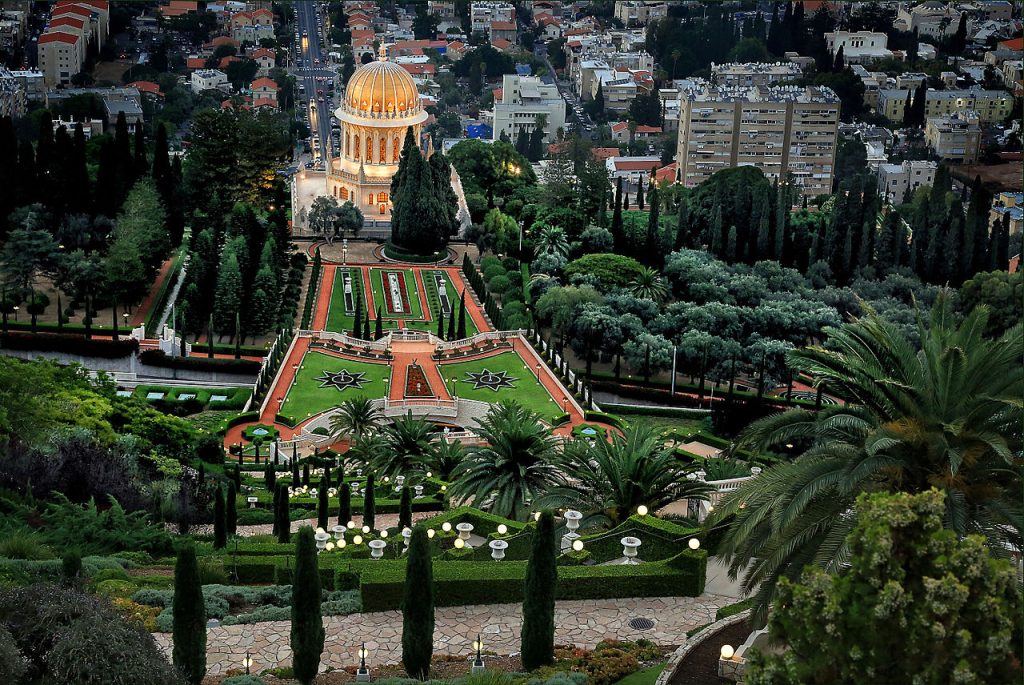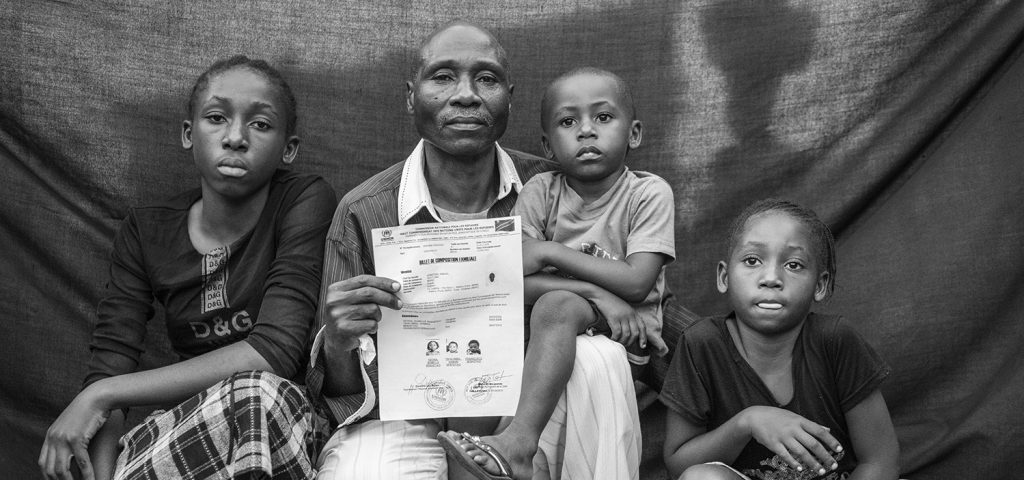Between Prayer Mat and Smoke Hole
Let’s start by kneeling down.
Because the thing I’d love to talk about is beneath us.
It’s a little worn, possibly with hurt feelings, but it’s there.
It’s a prayer mat. We’re all praying to something.
I know there’s a lot to hold our attention right now – everywhere I glance, there’s a screen pummeling us with statistics – but I’m going to ask us to lower our gaze for a moment, you and I.
Examine the weave of the mat; scrunch up your nose and rub up to the dizzy, strange scent of its perfume. There is no one-size-fits-all mat. There are countless millions of prayer mats, and every last one is different. They’re just enough room for you to kneel on, and that’s about it.
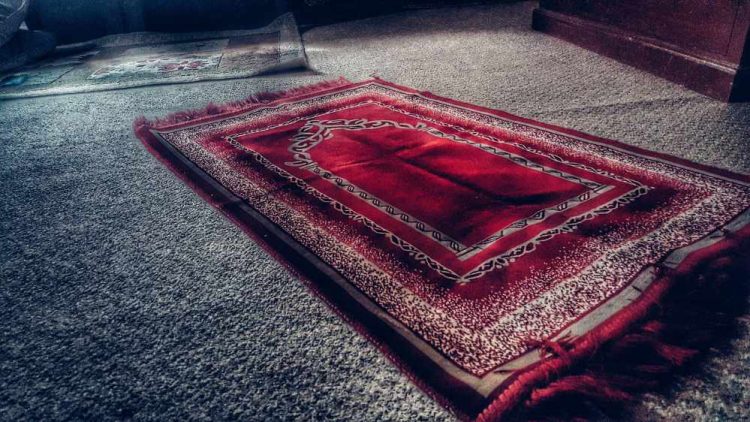
It may not look like much, not with all these other distractions, but we make things holy by the kind of attention we give them. So let’s really look at the weave. It’s moving. There’s a Norwegian tugboat pulling into Alexandria at midnight, there are pale stars over a Provençal castle, there’s a desert woman weaving an emu feather into her hair. If we keep paying attention to this little stretch of rug, strange things happen.
We start to witness a secret history of the earth.
Not the only history, but one tributary of a bigger river that eventually leads us to the vast ocean of Time and Consequence.
We behold this with our old mind, not our new mind.
Sometimes I call this Bone Memory. Not skin or flesh, but bone knowing. It’s what makes storytellers.
This prayer mat is the stuff of our life. The idiosyncratic, usually shadowed, often neglected root system dwelling patiently underneath us. Not just things we’ve lived through, but even further back, things our people lived through. Events that, if they were extraordinary enough, got woven into stories, and by a conscious act of memory decided to be remembered.
Let’s keep looking.
Behind even your people are swooping cranes, misty Welsh hills, lush Ecuadorian valleys, and miles and miles of flowers. These are your ancestors too.
I say it again: we make things holy by the kind of attention we give them.
In a time when we are begging for a new story, it may be the stories we need are supporting us right now, if only we would lower our gaze.
Many of us don’t know it, or more likely have been seduced into forgetting. When you forget what you kneel upon, you are far more easily influenced by energies that may not wish you well.
Well, enough of that.
It’s time to kick the robbers out of the house.
I want my imagination back.
And, now we’re kneeling, I ask you to do something else. Look up.
Towards the smoke hole.
The smoke hole reveals to us the timeless, the prayer mat the timebound.
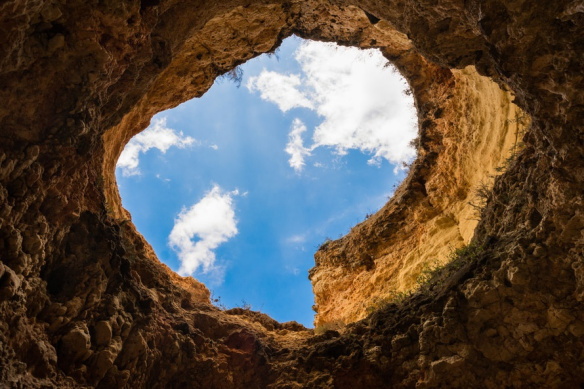
The stories we remember, sink our teeth into – that we never discard, disown, grow too old for – are ones that live in the tension of both timeless and timebound.
The stories that got us and our people here in the shape we are. Those are the timebound. But it’s the smoke hole that brings in the timeless, the essential, the vital, and I’m petitioning that we could live between both.
When did a tool become a God?
It’s stories, hewn between prayer mat and smoke hole, that used to get us made. Get us useful, productive, curious, proud when we needed, humble when we needed. We knew we were in one. To feel outside a story would have been a tribal punishment, sometimes even a death sentence.
Stories apprehend our deepest feelings and give them expression, even artistry, before they have to become an external crisis. Intricate old-world rituals performed the same task. They regulated the beneath. They made both performative and magnificent the workings of our psyche.
To keep at it: if affairs of the soul are not recognized as such, they inevitably grow to become crisis and circumstance. A desire to lie still and brood could become a teenage suicide when the youth has not been offered the kind of literacy required to approach the dark storm whirling their heart. This is not a trite observation. I’ve earnt the statement. Sadly, in my rites of passage work, I have seen the agonies of such societal flatness again and again, and what it does to young people, what it does to their character, their sense of vocation. If all I were exposed to is what currently manifests as leadership, I’m not sure I’d want to make it to adulthood either. As the debates about transgender, climate emergency, BLM are mercifully given more attention than ever before, I still feel that something is missing in the dialogue, something essential: the old stories.
I want to change the pitch, alter the register, offer a different kind of perspective on the times we’re in…[edit]
…I’ve always written for those at a crossroads, and I now find we’re all at one.
No more business as usual.
It’s a time of great paradox: we want to live forever but seem intent on executing the earth. We are technicians of unimaginable advances but are growingly less literate to interpret a way the earth always spoke to us: through myth. I’m wondering if it’s time for us to dig up a little chutzpah and send a voice.
The mess out there is because of a mess in here. Inner and outer talk to each other.
That’s the truth of things.
Let’s get to work.
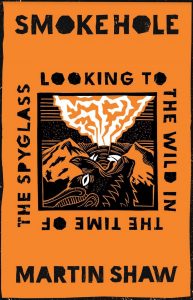
The following excerpt is from Martin Shaw’s new book Smoke Hole: Looking to the Wild in the Time of the Spyglass (Chelsea Green Publishing, May 2021) and has been adapted with permission from the publisher.



